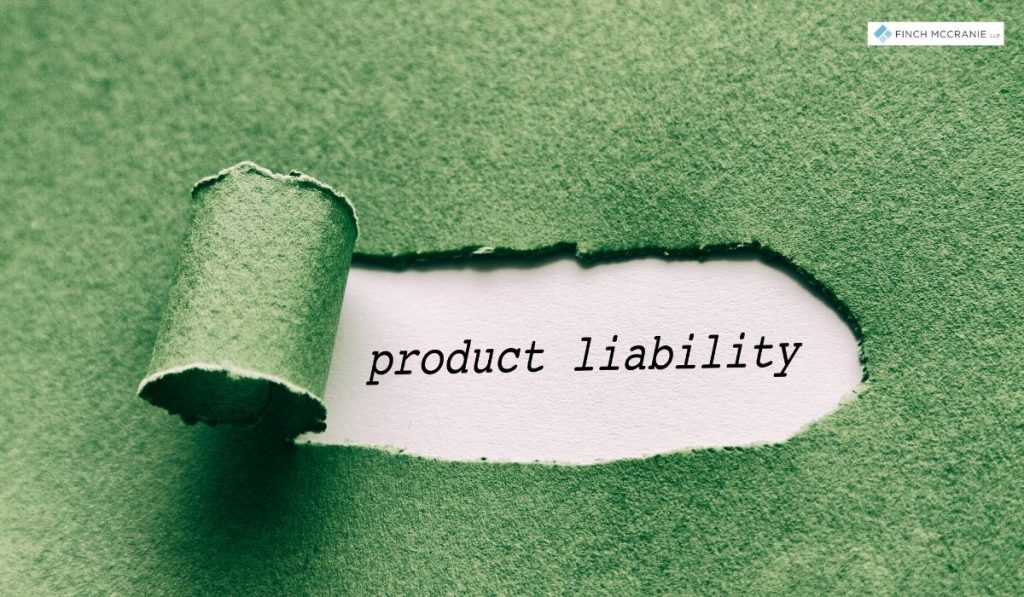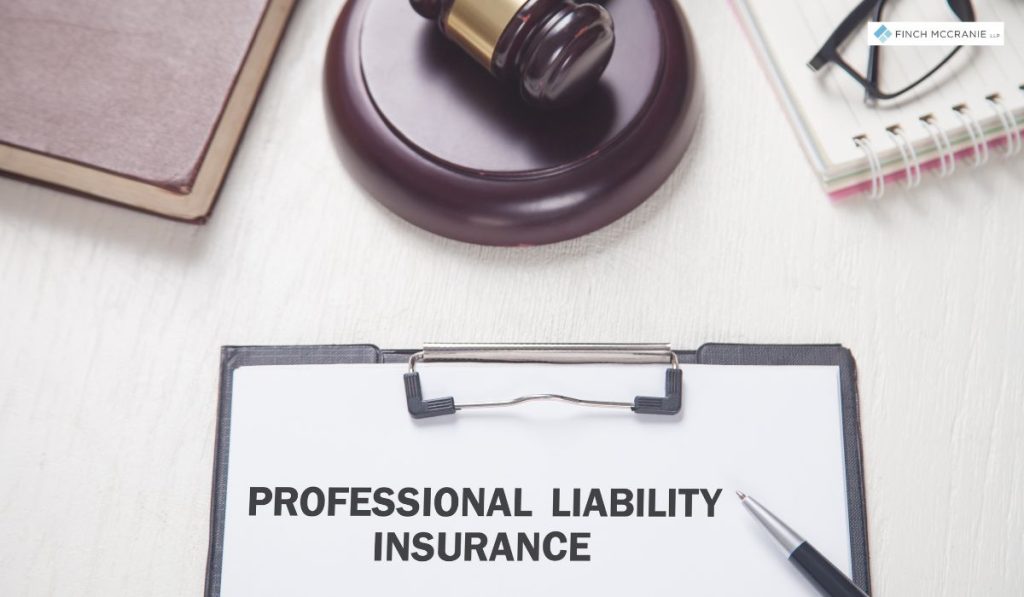Product liability law is a critical aspect of the legal landscape that governs the responsibility of manufacturers, distributors, and sellers for the safety and performance of the products they bring to market.
This legal framework aims to protect consumers from defective or dangerous products, holding accountable those responsible for any harm caused.
In this article, we will delve into the definition of product liability law, explore its types, and provide real-world examples to illustrate its significance.
Definition of Product Liability Law
Product liability law is a branch of tort law that deals with the legal responsibility of parties involved in the production and distribution of goods for any injuries or damages caused by those goods.
This legal concept recognizes that consumers have a right to expect that the products they purchase are safe when used as intended.
When this expectation is not met, and harm occurs, the injured party may have the right to seek compensation through a product liability claim.
Types of Product Liability
Product liability cases typically fall into three main categories: design defects, manufacturing defects, and marketing defects.
Design Defects
Design defects refer to flaws or inadequacies in the overall design of a product that make it inherently unsafe.
In these cases, the problem lies in the product’s blueprint, making all items manufactured from that design potentially dangerous.
To establish a design defect claim, the plaintiff must prove that a safer alternative design existed, and the use of this alternative would have prevented injury or harm.

Example: Consider a scenario where a car manufacturer designs a vehicle with a braking system that tends to fail under normal driving conditions.
If this design flaw causes accidents and injuries, affected individuals may have grounds for a product liability claim based on a design defect.
Manufacturing Defects
Manufacturing defects occur during the production process, leading to a product that deviates from its intended design.
Unlike design defects, these defects affect only a limited number of items within a product line.
To succeed in a manufacturing defect claim, the injured party must demonstrate that the defect occurred during the manufacturing process and directly caused the harm.
Example: If a pharmaceutical company produces a batch of medication with an incorrect dosage of a crucial ingredient, resulting in adverse health effects for consumers, those affected may pursue a product liability claim based on a manufacturing defect.
Marketing Defects (Failure to Warn)
Marketing defects involve inadequate warnings or instructions regarding the proper use of a product.
Even if a product is well-designed and manufactured correctly, it may still pose risks if consumers are not adequately informed of potential dangers.
In a marketing defect case, the plaintiff must show that the lack of warnings or instructions directly led to their injury.
Example: A power tool manufacturer fails to include proper safety warnings in its product instructions, and as a result, a user suffers severe injuries.
In this scenario, the injured party may file a product liability claim based on a marketing defect.
Product Liability in Action: Real-World Examples
Ford Pinto (Design Defect)
One of the most infamous examples of a design defect case is the Ford Pinto scandal in the 1970s.
The Pinto had a design flaw in its fuel tank that made it susceptible to explosion upon rear-end impact.
Ford was aware of the issue but decided not to correct it due to cost concerns.
As a result, numerous accidents occurred, causing injuries and deaths.
Ford faced substantial legal consequences and damage to its reputation.
Johnson & Johnson’s Talcum Powder (Manufacturing Defect)
In recent years, Johnson & Johnson faced product liability lawsuits related to its talcum powder products.
Plaintiffs claimed that the talc used in the products was contaminated with asbestos, leading to an increased risk of ovarian cancer.
While Johnson & Johnson maintained the safety of its products, several juries awarded significant damages to affected individuals, highlighting the potential consequences of manufacturing defects.
McDonald’s Hot Coffee Case (Marketing Defect)
The McDonald’s hot coffee case is a well-known example of a marketing defect claim.
In this case, a woman suffered severe burns after spilling hot coffee purchased from McDonald’s.
The plaintiff argued that the fast-food giant failed to provide adequate warnings about the excessively high temperature of the coffee.
The jury awarded substantial damages to the plaintiff, bringing attention to the importance of clear product warnings.
Expanding on Product Liability Law
Product liability law is a dynamic and evolving field, shaped by legal precedents, consumer advocacy, and advancements in technology.
Let’s delve deeper into some key aspects of product liability law, exploring the legal standards, defenses available to manufacturers, and the role of strict liability.
Legal Standards in Product Liability Cases
In product liability cases, different legal standards may apply depending on the jurisdiction.
The three primary legal theories used are negligence, strict liability, and breach of warranty.
Negligence: To establish a product liability claim based on negligence, the injured party must demonstrate that the manufacturer or other parties involved in the product’s production failed to exercise reasonable care.
This requires proving that the defendant owed a duty of care, breached that duty, and that the breach directly caused the injuries.
Strict Liability: Strict liability is a legal doctrine that holds parties responsible for injuries caused by their products, regardless of fault.
In a strict liability case, the injured party does not need to prove negligence; they only need to show that the product was defective and that the defect caused harm.
Strict liability is often applied in cases involving design and manufacturing defects.
Breach of Warranty: Product liability claims can also be based on breach of warranty, which involves a failure to fulfill the promises or guarantees made about a product.
This can be expressed or implied, and consumers may pursue legal action if a product fails to meet the standards set by these warranties.
Defenses in Product Liability Cases
Manufacturers and other defendants in product liability cases may employ various defenses to counter the claims made against them.
Some common defenses include:
Assumption of Risk: Manufacturers may argue that the injured party was aware of and accepted the risks associated with using the product, known as assumption of risk.
However, this defense is not always effective, especially if the risks were not adequately communicated to the consumer.
Product Misuse: Defendants may claim that the injuries resulted from the misuse or alteration of the product beyond its intended purpose.

However, this defense is contingent on proving that the product’s intended use was clear and that the misuse was unforeseeable.
Statute of Limitations: Defendants may assert that the injured party waited too long to file a lawsuit, citing the statute of limitations.
Each jurisdiction has its own time limits for filing product liability claims, and exceeding these limits may bar legal action.
The Evolving Role of Technology in Product Liability
As technology continues to advance, product liability law faces new challenges and considerations.
The rise of smart devices, artificial intelligence, and interconnected products has led to complex questions regarding liability.
In cases involving software defects or failures in technology-driven products, determining responsibility can be intricate.
Courts must adapt to these technological advancements, and legal frameworks need to evolve to address the unique challenges posed by the digital age.
Conclusion
In conclusion, product liability law stands as a robust safeguard, ensuring the accountability of manufacturers, distributors, and sellers for the safety and performance of the products they offer to consumers.
As we navigate the intricate landscape of consumer rights, it becomes paramount to comprehend the nuances of product liability law, empowering individuals to make informed choices and fostering a marketplace that prioritizes safety.
If you find yourself in need of legal guidance or representation regarding product liability issues, the experienced team at Finch McCranie LLP is ready to assist you.
Their dedicated Defective Product Liability Attorneys possess a wealth of knowledge and a proven track record in handling cases related to product defects, guiding clients through the complexities of the legal process.
FAQs
What does product liability law cover?
Product liability law covers injuries or damages resulting from design defects, manufacturing defects, or marketing defects (failure to warn). It ensures that consumers have the right to expect safe products and allows them to seek compensation if this expectation is not met.
What are the types of product liability?
Product liability cases typically fall into three categories: design defects, manufacturing defects, and marketing defects (failure to warn). Design defects involve inherent flaws in the product’s design, manufacturing defects occur during production, and marketing defects involve inadequate warnings or instructions.
What legal standards apply in product liability cases?
Legal standards include negligence, strict liability, and breach of warranty. Negligence requires proving a breach of duty, strict liability holds parties responsible regardless of fault, and breach of warranty involves unfulfilled promises or guarantees about a product.
What defenses can be used in product liability cases?
Common defenses include assumption of risk (claiming the consumer knew and accepted risks), product misuse (blaming injuries on improper use), and statute of limitations (arguing the injured party waited too long to file a lawsuit).
How does technology impact product liability law?
Technology brings new challenges, especially with smart devices and artificial intelligence. Courts and legal frameworks must adapt to address issues like software defects and failures in technology-driven products, requiring an evolving understanding of liability in the digital age.
 Trial Attorney Blog
Trial Attorney Blog

